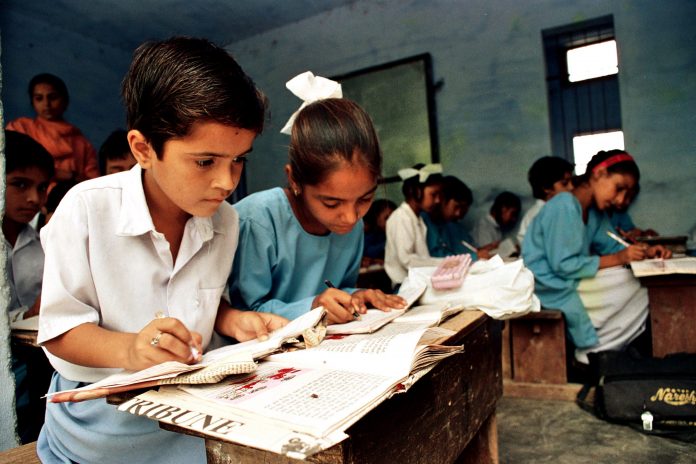How to be an efficient manager in class
Priyanka Gupta
Classroom management is more than allotting seats and ensuring that your class is ready for the lesson of the day. There is so much more to it – organising and conducting classroom activities, keeping an eye on students’ behaviour and performance,
keeping students organised, orderly, attentive and academically productive, among other things.
With a few techniques and strategies in place, classroom management can become easy.
Here are some pointers:
Take charge and grab attention: Make it a habit to not start the class without having everyone’s attention. This does not imply that every morning has to start with a
shout asking your students to listen to you. Instead, you can start with a quick chat about who their favourite Harry Potter character is or crack a joke or show them something from a book that will capture their attention. Start your class only when everyone is with you and everyone is in their seat.
Seating Arrangements: With changing teaching methods, the seating patterns keep changing. However, this is a very important part of a student’s life. At the beginning of the school year let your students pick their seats for a few days. Then in about the
second week, tell them they must pick a seat where they will sit for the whole year. This ownership will urge students to behave properly so that they do not lose their chosen place.
Eye the Disturbance: There are students who are unfocused and end up disturbing the others as well. Instead of pointing out this behaviour directly, a good way to stop this is with non-verbal intervention. Teachers can establish eye contact or make gestures that let students know they are off-task, not paying attention or misbehaving. The technique helps teachers efficiently and silently manage student behaviour without/ disrupting a lesson. A positive way to point out the child disrupting the class is by mentioning their name or addressing a question to them to restore their attention. If such cues are disregarded, you
must make the next move and impose disciplinary measures within the classroom, such as
making them stay back after the class or handing out an extra assignment.
Tight Transitions: This is a technique by which teachers establish transition routines that
students learn and can execute quickly and repeatedly without much direction from a teacher. This not only helps in classroom management but makes lesson planning better. For example, a teacher might say “Reading time! and students will know that they
are expected to stop what they are working on, bring out their books and begin reading silently. This reduces the disarray and delay that might accompany transitions between activities.
Praise everything you can, every time: Calling attention to the things your students are doing that meet your expectations is a great way to manage classroom. It enables you to restate and reinforce the expectations for student behaviour in a positive manner. By
narrating on-task behavior, you enable students who may have misheard you the first
time to hear exactly what you expect of them.
It shows your students that you are very aware of what is happening in the classroom. When they see and hear that you see and hear pretty much everything, they know that you mean business and that even their smallest action matters.
Technology to the rescue: Depending upon the extent to which you are incorporating
technology, make sure you are using web-based tools that ease the task. There are apps and software that help with instant responses, quizzes, managing student records and grading. Depending upon the available technology, make sure you are optimising it for your classroom management as well.
Love your students but stand firm against behaviour that does not meet your expectations or reflect their inner greatness. Too many students have internalised a profound sense of their own inadequacy, and it is upon the educators to remind them of their infinite value. By loving your students unconditionally, you remind them of their true worth.







